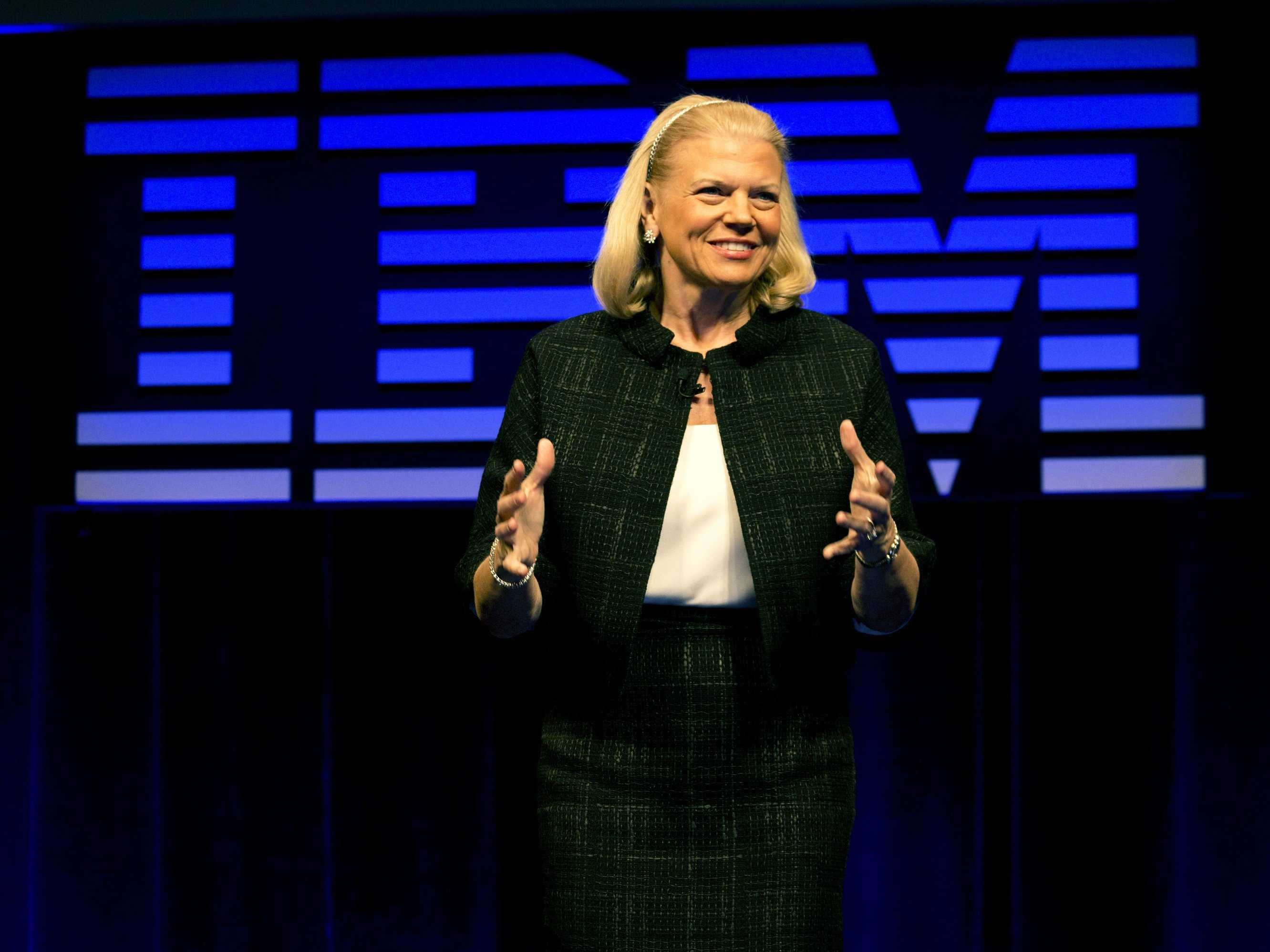The Inspiring Story of Marc Benioff and Salesforce
The tech industry is brimming with inspiring success stories, but few are as compelling as the journey of Marc Benioff and Salesforce. From humble beginnings to becoming a global leader in customer relationship management (CRM), the rise of Salesforce is a testament to vision, innovation, and perseverance.
The Early Days

Image Source: crn.com.au
Marc Benioff’s entrepreneurial spirit emerged early. Born in San Francisco, he started his first business, Liberty Software, at age 15, developing and selling video games. This initial foray into the tech world foreshadowed his future endeavors. After graduating from the University of Southern California, Benioff joined Oracle Corporation, where he quickly climbed the ranks to become the youngest vice president in the company’s history. Despite his success, Benioff felt an increasing desire to create something transformative on his own.
Founding Salesforce
In 1999, Benioff founded Salesforce with a radical idea: to provide software as a service (SaaS). At a time when enterprise software was typically installed on-premises, requiring significant resources to manage, Benioff envisioned a simpler, cloud-based solution. This idea was the foundation of Salesforce’s first product—a web-based CRM system that allowed businesses to manage customer relationships without the need for expensive hardware or software.
Navigating Challenges
The path to success was fraught with challenges. Convincing businesses to adopt cloud-based solutions required overcoming deep-seated skepticism about security and reliability. Benioff’s relentless evangelism of cloud computing, coupled with robust security measures, helped build trust among potential customers. Moreover, Salesforce faced stiff competition from established software giants, but its commitment to innovation and customer-centric approach helped it stand out.
Salesforce’s innovative strategies included the launch of AppExchange, a marketplace for third-party applications that extended the platform’s functionality. This not only broadened Salesforce’s appeal but also fostered a thriving ecosystem of developers and partners.
A Culture of Giving
From the outset, Benioff embedded philanthropy into Salesforce’s DNA. He introduced the 1-1-1 model, dedicating 1% of the company’s equity, 1% of its product, and 1% of employees’ time to charitable causes. This model has donated millions of dollars, countless volunteer hours, and free or discounted software to non-profits and educational institutions. It has become a defining aspect of Salesforce’s corporate culture and has inspired other companies to adopt similar practices.
Global Influence
Today, Salesforce is a global leader with over 50,000 employees and a market capitalization exceeding $200 billion. It serves hundreds of thousands of customers across diverse industries, helping them leverage cloud technology to drive business success. Salesforce’s influence extends beyond business; under Benioff’s leadership, the company has been a strong advocate for social issues, including equality, climate change, and public health.
Marc Benioff’s vision and leadership have not only transformed Salesforce into a tech giant but have also set a new standard for corporate responsibility. The company’s relentless pursuit of innovation, combined with its deep commitment to philanthropy, illustrates how businesses can achieve remarkable success while driving positive change in the world.
The inspiring journey of Marc Benioff and Salesforce highlights the power of visionary leadership and the potential for businesses to be forces for good. As Salesforce continues to innovate and grow, its story serves as a beacon for entrepreneurs and corporations aiming to make a significant impact both in their industries and in society at large.

I am a law graduate from NLU Lucknow. I have a flair for creative writing and hence in my free time work as a freelance content writer.








